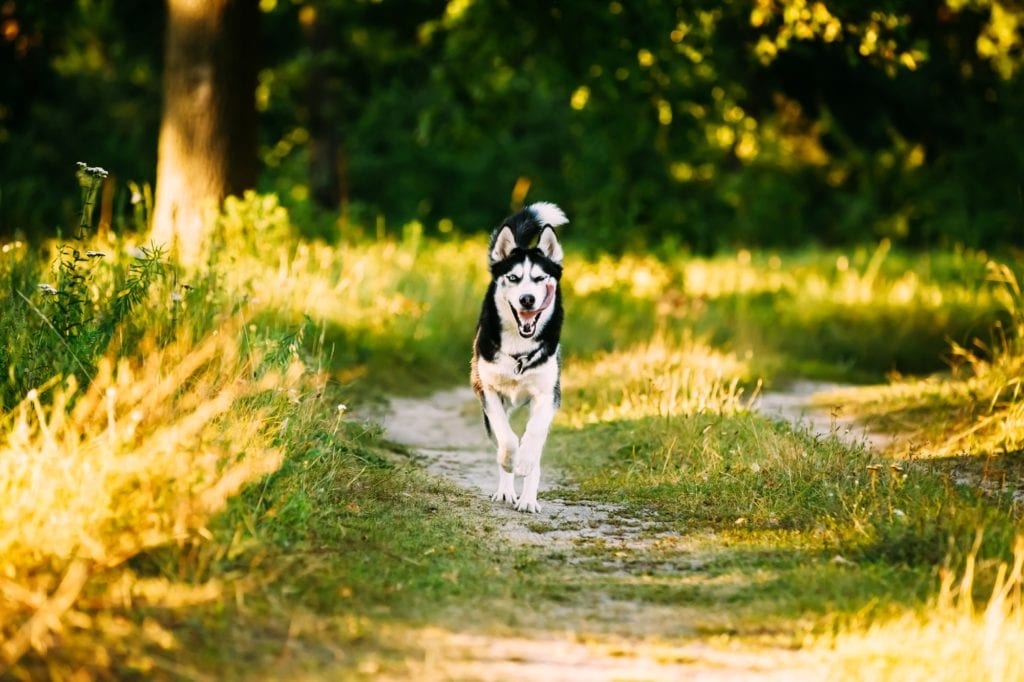No matter your pet’s age, they’re never too old to learn the importance of staying close. In fact, as an owner, preventing a lost pet is a bare necessity when it comes to being responsible – and all it takes is a little awareness. If you’re questioning your lost-pet prevention proficiency, here are a few tips to bring you back up to speed.
- Recall Works Wonders. If there is one thing you should train your pet to do, it’s come when called. If you realize quickly enough that your pet got out, you may be able to recover them simply by calling their name. Our trick is to use an excitable and welcoming tone and provide plenty of Pro-Treats when they get to you.
- Keep ’em Contained. Make sure doors to the home and gates outside are always latched closed; if you can’t ensure that, consider a crate or baby gate to keep them in a designated area when you can’t supervise so that they can’t make a break for the door.
- If your pet keeps getting out, figure out how they’re doing it and fix the problem. Whether it’s a hole under the fence, a wall that’s just short enough for them to jump over, or something else: it’s your responsibility to find and fix whatever’s allowing them to get out. If they’re really stumping you, consider setting up a makeshift security camera for a day and get clued in.
- Proper I.D. We know we say it all the time but tags and chips have one purpose and one purpose only: to reunite you with your pet should they ever get lost. Make sure tags and chips are up-to-date and secure. If your pet is an escape artist it’s crucial that their collar stays on anytime during the day they could possibly get out.
- Have Proof. Whether it’s a vet bill, papers from the breeder, or some other proof of ownership, it’s important to be able to prove you’re the animal’s owner. You may run into someone who’s looking out for the pet and won’t release them to just anybody or someone who’s trying to claim they’re the owner – in any case, it’s best to have irrefutable evidence that your pet’s home is with you.

